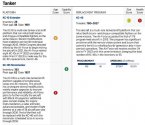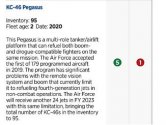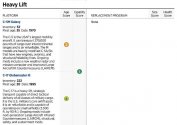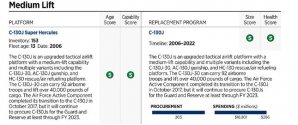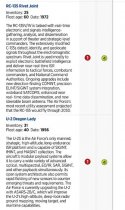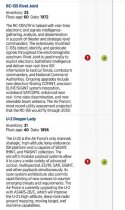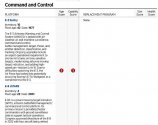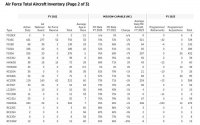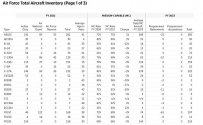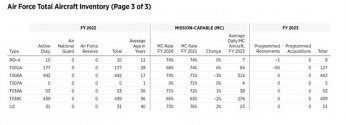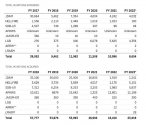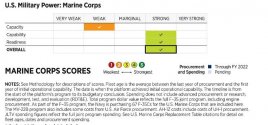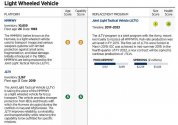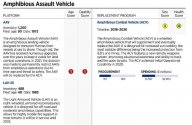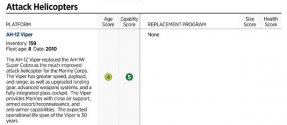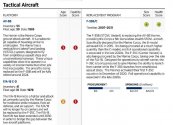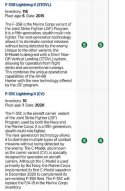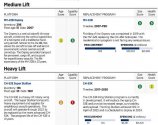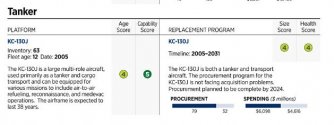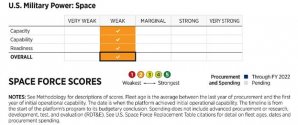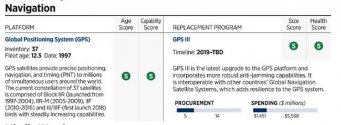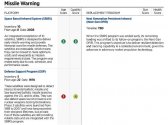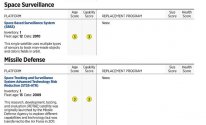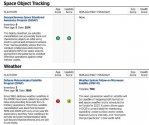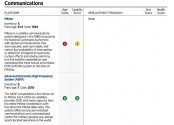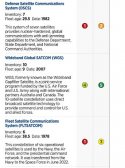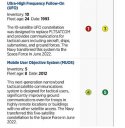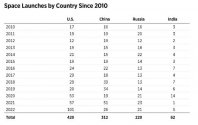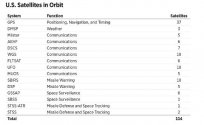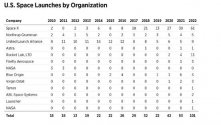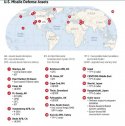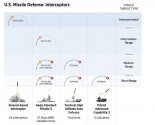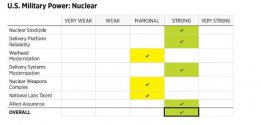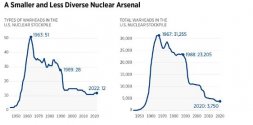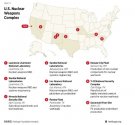You are using an out of date browser. It may not display this or other websites correctly.
You should upgrade or use an alternative browser.
You should upgrade or use an alternative browser.
US Military News, Reports, Data, etc.
- Thread starter tphuang
- Start date

- The as “Marginal.” The Army’s score remains “marginal” in the 2023 Index. The Army has fully committed to modernizing its forces for great-power competition, but its programs are still in their development phase, and it will be a few years before they are ready for acquisition and fielding. In other words, the Army is aging faster than it is modernizing. It remains “weak” in capacity with 62 percent of the force it should have but has significantly increased the force’s readiness, scoring the highest level of “very strong.” However, with the Army pushing operational training down to the company level, below battalion and brigade, it is unclear how ready its brigades actually are or how effective they would be in combat. The Army has a better sense of what it needs for war against a peer, but funding uncertainties could threaten its ability to realize its goals.

- The as “Weak.” The Navy’s overall score has dropped from “marginal” in the 2022 Index to “weak” in the 2023 Index. The technology gap between the Navy and its peer competitors is narrowing in favor of competitors, and the Navy’s ships are aging faster than they are being replaced. Its fleet is too small relative to workload, and supporting shipyards are overwhelmed by the amount of repair work that is needed to make more ships available. The Navy is projected to have a fleet of 280 ships by 2037, which is smaller than the current force of 298 and well below the 400 needed to meet operational demands. Funding to improve any of these serious deficiencies remains problematic.

- The as “Very Weak.” The USAF’s score has been downgraded from “weak” in the 2022 Index to “very weak” in the 2023 Index due to the deepening of previously assessed issues related to aging aircraft and very poor pilot training and retention. The retirement of aircraft is outpacing the introduction of new aircraft, worsening the service’s capacity problem. The shortage of pilots and the dangerously low levels of flying time for the pilots the service does have degrade the ability of the Air Force to generate the amount and quality of combat air power that would be needed to meet wartime requirements. Although it could eventually make its contribution to winning a single major regional contingency (MRC), the time needed to win that battle and the attendant rates of attrition would be much higher than they would be if the service had moved aggressively to increase high-end training and acquire the fifth-generation weapon systems required to dominate such a fight. The USAF would struggle greatly against a peer competitor.

- The as “Strong.” The score for the Marine Corps was raised to “strong” from “marginal” in the 2022 Index, and it remains “strong” in this edition for two reasons: (1) because the 2021 Index lowered the threshold for capacity from 36 infantry battalions to 30 battalions in acknowledgment of the Corps’ argument that it is a one-war force that also stands ready for a broad range of smaller crisis-response tasks and (2) because of the Corps’ extraordinary, sustained efforts to modernize (which improves capability) and enhance its readiness during the assessed year. Of the five services, the Corps is the only one that has a compelling story for change, has a credible and practical plan for change, and is effectively implementing its plan to change. However, in the absence of additional funding in FY 2023, the Corps intends to reduce the number of its battalions even further from 22 to 21, and this reduction, if implemented, will limit the extent to which it can conduct distributed operations as it envisions and replace combat losses (thus limiting its ability to sustain operations). Though the service remains hampered by old equipment in some areas, it has nearly completed modernization of its entire aviation component, is making good progress in fielding a new amphibious combat vehicle, and is fast-tracking the acquisition of new anti-ship and anti-air weapons. Full realization of its redesign plan will require the acquisition of a new class of amphibious ships, for which the Corps needs support from the Navy.

- The as “Weak.” The Space Force was formally established on December 20, 2019, as a result of an earlier proposal by President Trump and legislation passed by Congress. The 2021 Index provided an overview of the new service, explaining its mission, capabilities, and challenges, but did not offer an assessment. With an additional year to gain more insight, the 2022 Index scored the USSF as “weak” in all measured areas, not because of lack of expertise but because the capacity of the service falls far short of the demands being placed on it. The service has done quite well in transitioning missions from the other services without interruption in support, but it does not have enough assets to track and manage the explosive growth in commercial and competitor-country systems that are being placed into orbit. The majority of its platforms have exceeded their planned life spans, and modernization efforts to replace them are slow and incremental. The force also lacks defensive and offensive counter-space capabilities. Consequently, the U.S. Space Force retains its score of “weak” overall.
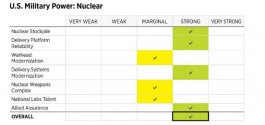
- America’s as “Strong.” The status of U.S. nuclear weapons must be considered in the context of a threat environment that is significantly more dangerous than it was in previous years. Until recently, U.S. nuclear forces needed to address one nuclear peer rather than two or more. Given senior leaders’ reassurances about the readiness and reliability of U.S. nuclear forces, as well as the strong bipartisan commitment to modernization of the entire nuclear enterprise, America’s nuclear capability retains the grade of “strong.” The reliability of current U.S. delivery systems and warheads is at risk as they continue to age and the threat continues to advance, and the fragility of “just in time” replacement programs only exacerbates this risk. In fact, nearly all components of the nuclear enterprise are at a tipping point with respect to replacement or modernization and have no margin left for delays in schedule. Future assessments will need to consider plans to adjust America’s nuclear forces to account for the doubling of peer nuclear threats. While capacity was not assessed this year, it is clear that the change in threat warrants a reexamination of U.S. force posture and the adequacy of our current modernization plans. This portfolio retains its score of “strong,” but failure to keep modernization programs on track while planning for a three-party (or more) nuclear peer dynamic could slowly lead to a decline in the strength of U.S. nuclear deterrence.

